Tarsiers in the Philippines: Nature’s Tiny Marvels
The Philippine tarsier, one of the smallest primates in the world, captivates with its large eyes and unique behavior.
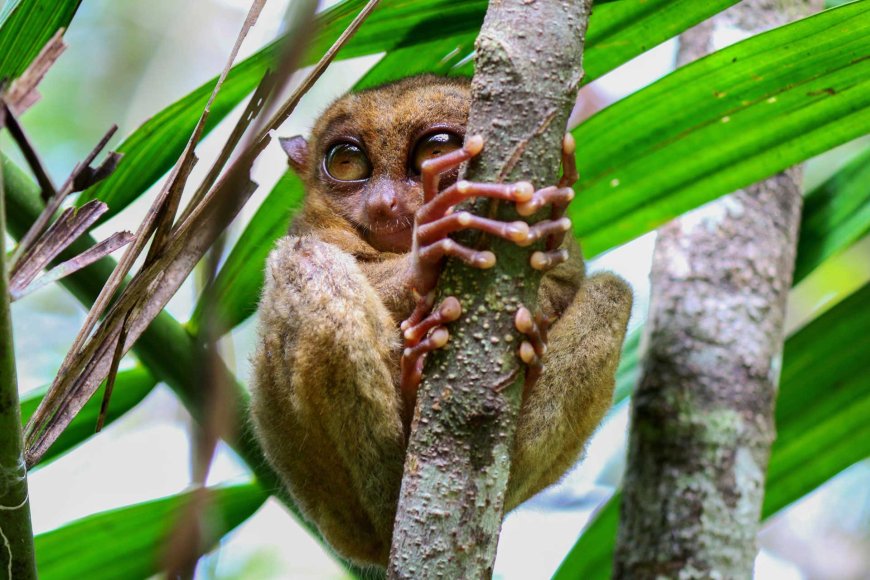
Philippines' Smallest Primate
The Philippines, a nation known for its rich biodiversity, is home to some of the world’s most fascinating creatures. Among these is the Philippine tarsier, one of the smallest primates in the world. Despite its diminutive size, the tarsier has captured the imagination of scientists, conservationists, and nature enthusiasts alike.
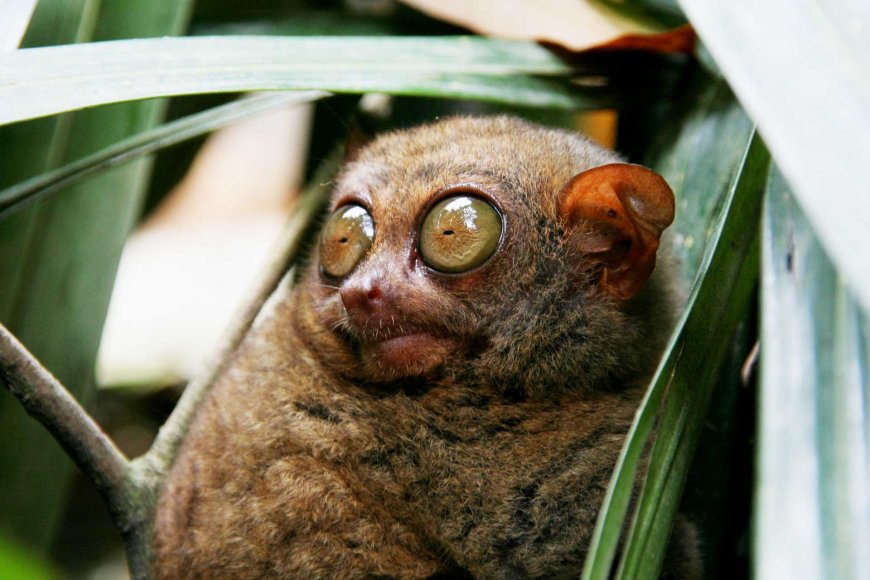
A Tiny Primate with Big Eyes
The Philippine tarsier (Carlito syrichta) is a small, nocturnal primate that belongs to the family Tarsiidae. With a body length ranging from 85 to 160 millimeters (about 3.35 to 6.3 inches) and a weight of around 80 to 160 grams (approximately 2.8 to 5.6 ounces), the tarsier is truly a miniature marvel. One of its most striking features is its enormous eyes, which are disproportionately large compared to its body size. Each eye is about 16 millimeters in diameter, nearly as large as its brain. These large eyes are perfectly adapted for the tarsier's nocturnal lifestyle, allowing it to see in the dark as it hunts for prey.
In addition to their large eyes, tarsiers have elongated fingers and toes, with the second and third fingers being particularly long. These adaptations allow them to grasp and leap with incredible agility, enabling them to catch insects and small vertebrates with precision. Their long hind limbs, which are twice the length of their body, also make them excellent jumpers, capable of leaping distances up to 40 times their body length in a single bound.
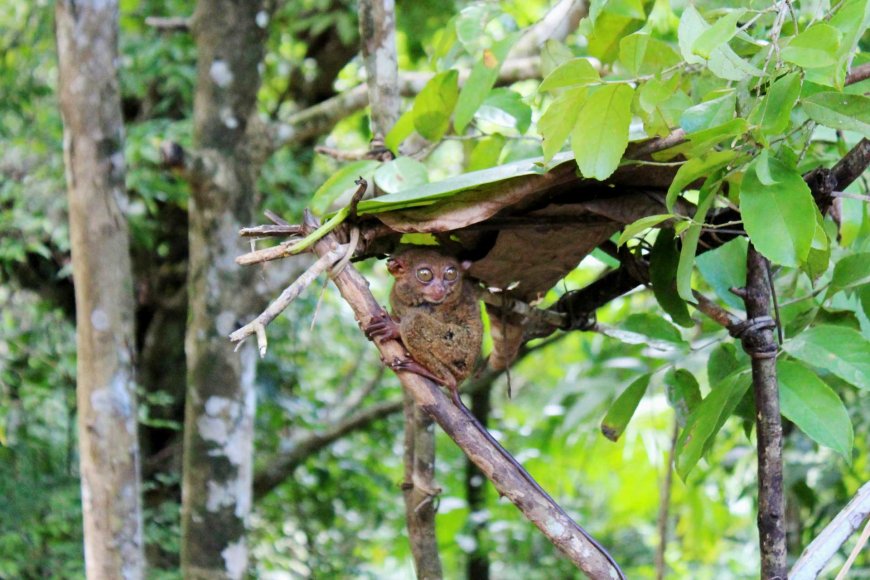
Habitat and Distribution
Tarsiers are primarily found in the southeastern Philippines, with populations concentrated in the islands of Bohol, Leyte, Samar, and Mindanao. These small primates prefer dense, lowland rainforests where they can easily move through the underbrush and hide from predators. Unfortunately, the deforestation of these rainforests due to agriculture, logging, and urbanization has severely reduced their natural habitat, making them increasingly vulnerable to extinction.
The island of Bohol is particularly famous for its tarsier population, and the Philippine Tarsier Sanctuary in the town of Corella has become a popular destination for tourists wanting to see these tiny primates in their natural environment. The sanctuary covers about 134 hectares of protected forest and is dedicated to the conservation of tarsiers and their habitat.
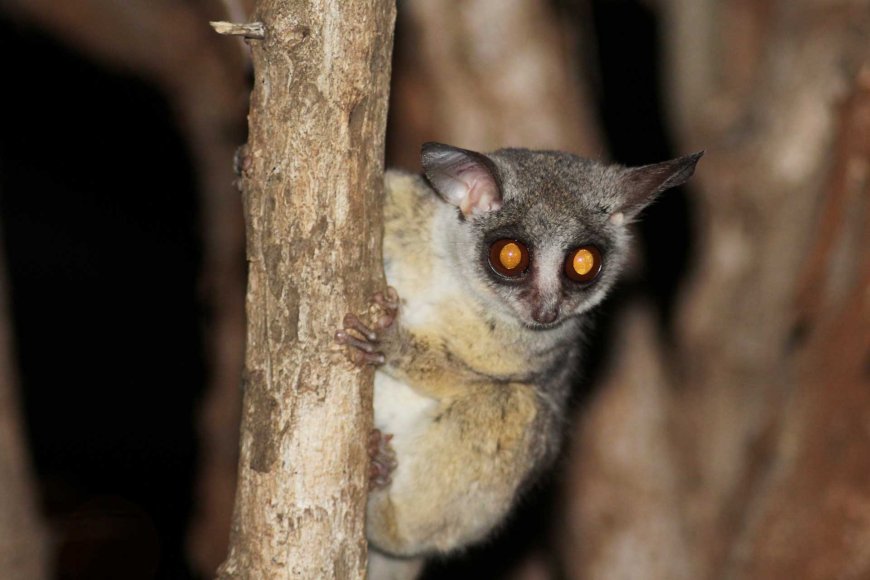
Behavior and Diet
Tarsiers are solitary creatures, coming together only during the breeding season. They are highly territorial and use scent markings to communicate with other tarsiers and establish their territory. Despite their small size, tarsiers are fierce hunters. They are carnivorous and feed primarily on insects, such as grasshoppers, crickets, and beetles, but they also eat small vertebrates like birds, lizards, and bats.
Tarsiers are known for their unique vocalizations, which they use to communicate with each other. These vocalizations include high-pitched calls that are beyond the range of human hearing. In addition to vocal communication, tarsiers also rely heavily on their acute sense of hearing to detect the movements of their prey.
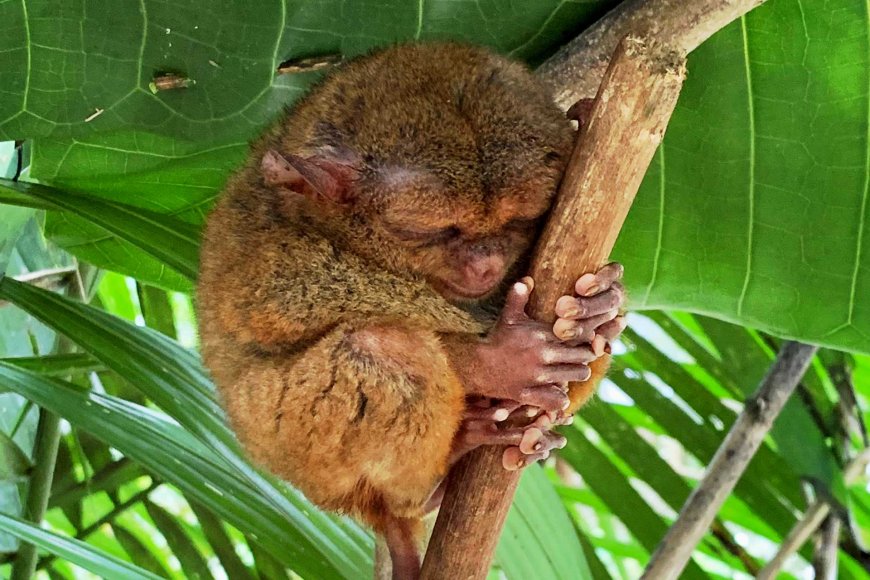
Conservation Challenges
The Philippine tarsier is classified as "Near Threatened" by the International Union for Conservation of Nature (IUCN) due to habitat loss and fragmentation. The primary threats to tarsier populations include deforestation, habitat degradation, and the illegal pet trade. Tarsiers are often captured and sold as pets, but they do not survive well in captivity, and many die shortly after being taken from their natural environment.
Conservation efforts in the Philippines have focused on habitat protection, public awareness, and research. Sanctuaries like the Philippine Tarsier Sanctuary in Bohol play a crucial role in protecting tarsiers and educating the public about the importance of conservation. Local and international organizations are also working to promote sustainable land use practices that minimize the impact on tarsier habitats.
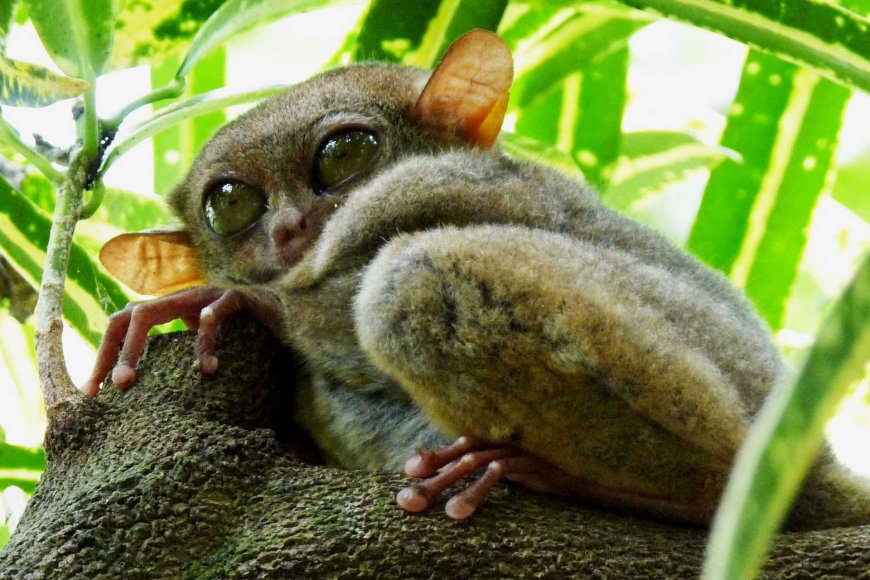
The Role of Ecotourism
Ecotourism has emerged as a double-edged sword in the conservation of tarsiers. On one hand, it provides funding for conservation efforts and raises awareness about the plight of these tiny primates. On the other hand, poorly managed tourism can be detrimental to tarsier populations, as excessive human presence can cause stress to these sensitive animals. Responsible ecotourism practices, such as limiting the number of visitors and ensuring that tarsiers are not disturbed during their rest periods, are essential to protecting these animals while still allowing people to appreciate their beauty.
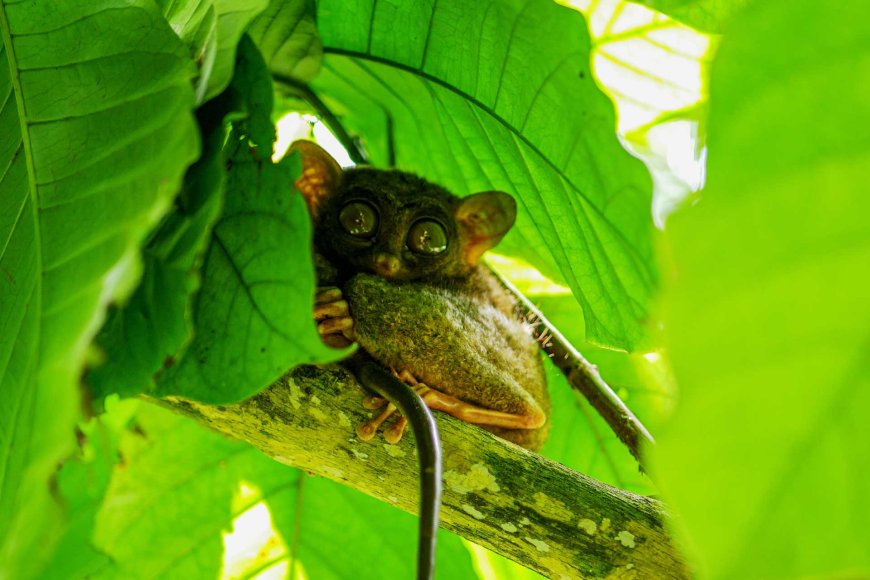
Preserving the Tiny Guardians of the Philippine Ecosystem
The Philippine tarsier is a unique and fascinating creature that plays a vital role in the biodiversity of the Philippines. As one of the smallest primates in the world, it is a symbol of the delicate balance of nature and the importance of conservation. Protecting tarsiers and their habitats is not just about preserving a species; it is about safeguarding the rich natural heritage of the Philippines for future generations. Through continued conservation efforts and responsible ecotourism, there is hope that these tiny marvels of nature will continue to thrive in the wild.
Find Cheap Flight Tickets to any Destinations in Japan and the Philippines
Nipino.com is committed to providing you with accurate and genuine content. Let us know your opinion by clicking HERE.































































